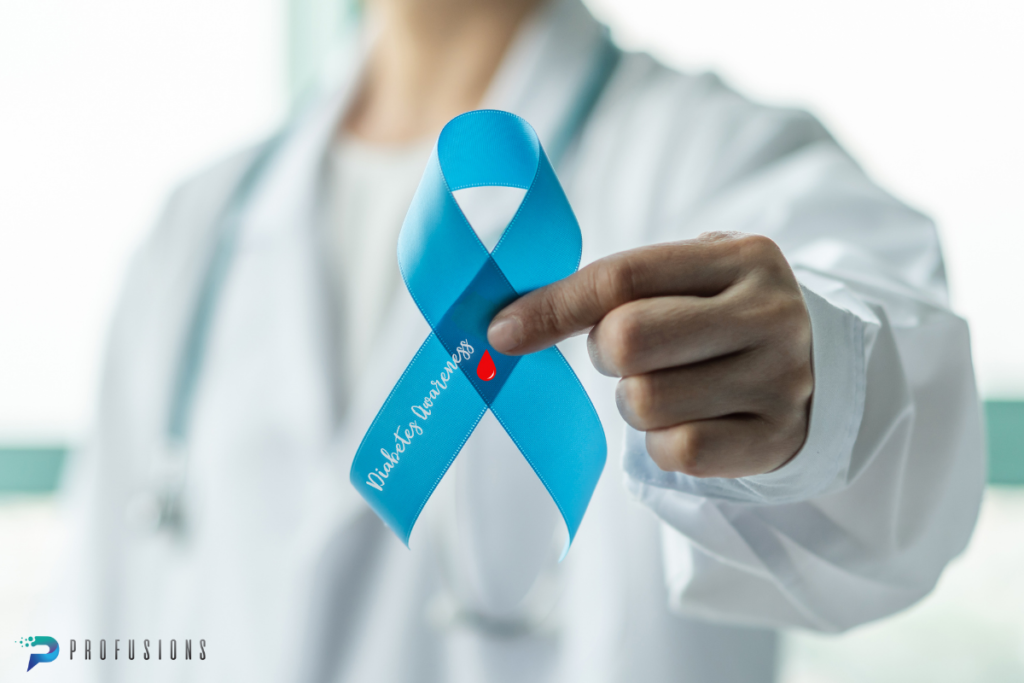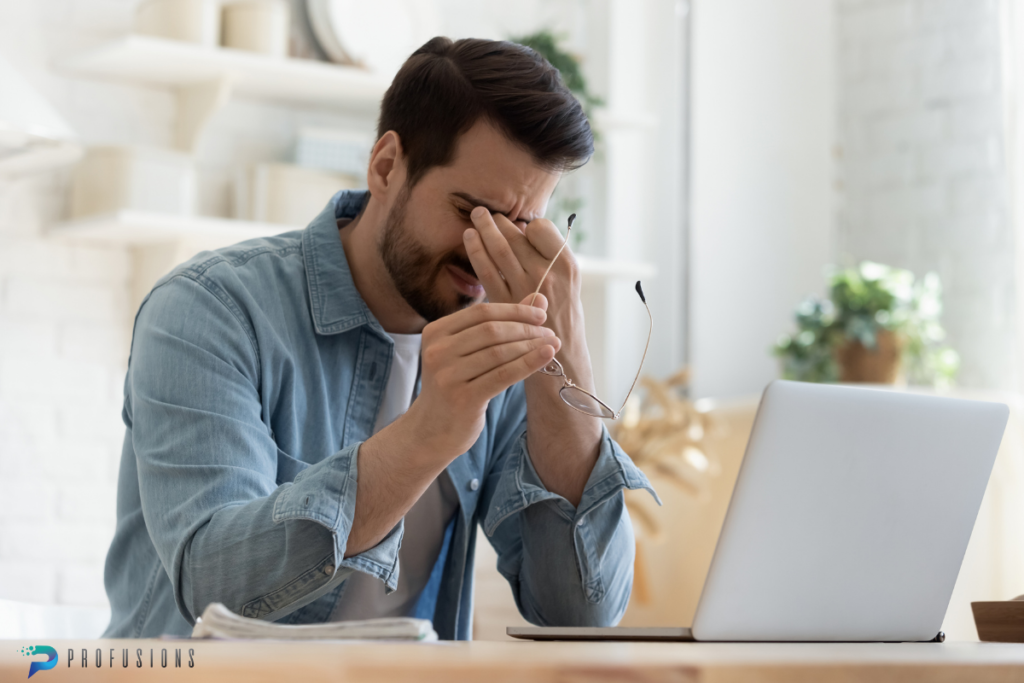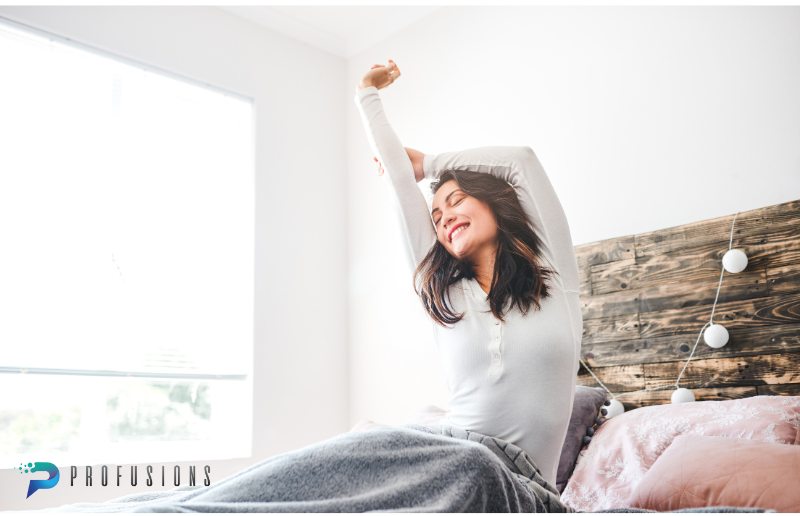
Ben Greenfield, athlete, author, and one of the most controversial-yet-consistent voices in biohacking, is known for testing everything from goat milk cleanses to stem cell injections. He has been at the forefront of this movement, bringing listeners unparalleled insights through his highly acclaimed podcast.
Ben Greenfield is back in 2025 with even more ways to upgrade your brain, body, and biology, minus the fluff. Whether you’re deep into biohacking or just want to sleep better and feel sharper or even enhance your biohacking skincare routine – these five powerful hacks from his latest podcasts are rooted in real science, and yes, they work.
Let’s break them down, one hack at a time, with peer-reviewed research to back it all up.
1. Cold + Controlled Breathing = More Cellular Energy
Greenfield starts his mornings with cold plunges followed by deep, controlled breathing. Why? Because this combo encourages your body to produce more energy at the cellular level.
Backed by science: Studies have shown that cold exposure stimulates the formation of new mitochondria, the part of your cells responsible for energy production. This means more endurance, better metabolism, and sharper mental focus
How to try it: Start with a 2-minute cold shower or ice bath, then do 4 rounds of slow breathing (like the 4-7-8 method). You’ll feel the difference within days.
2. Strengthen Your Vagus Nerve for Calm and Clarity
Ben frequently discusses vagus nerve stimulation (VNS), a technique that helps your body shift into a relaxed, focused state by engaging your parasympathetic nervous system.
Backed by science: Non-invasive VNS has been shown to improve heart rate variability (HRV), reduce anxiety, and even enhance mental performance.
How to try it: Use vagus-stim devices or simply hum, gargle, or take extended exhales for 10 minutes a day.
3. Reset Your Body Clock with Light – Not Pills
One of the most consistent hacks Greenfield promotes is managing your light exposure to support your natural circadian rhythm.
Backed by science: Exposure to bright light in the morning and reduced blue light at night helps regulate melatonin and support sleep cycles. Red light, in particular, has no disruptive effect on melatonin production – a small but important part of long-term biohacking skincare routines, which often include good sleep hygiene.
How to try it: Get sunlight within 30 minutes of waking up. In the evening, dim your lights and switch to red light or wear blue-light blockers.
4. Use Peptides & Detox to Support Repair and Longevity
In a recent episode, Ben shares how peptides like BPC‑157, combined with detox routines, help speed up recovery and reduce inflammation.
Backed by science: BPC‑157 has been found to accelerate healing in muscles, tendons, and the gut, and supports growth hormone pathways.
How to try it: Only with guidance from a health professional. Complement with daily saunas, movement, and hydration.
5. Reduce EMF at Night for Deeper Sleep
While EMF sensitivity is debated, Greenfield recommends limiting wireless exposure while you sleep, and he’s not alone.
Backed by science: Some early studies suggest that radiofrequency exposure could influence sleep quality, though more research is needed. Reducing unnecessary EMF at night may support better sleep in sensitive individuals.
How to try it: Use airplane mode at night, unplug your Wi-Fi while sleeping, and explore wired options for your tech.
Sample Biohacking Routine
| Time | Action |
| Morning | Cold exposure + breathwork → natural light |
| Afternoon | Movement + sauna → hydration + detox support |
| Evening | EMF shutoff → red light → vagus nerve stimulation → deep sleep |
Final Thoughts from MyProfusions
What sets these biohacks apart is not just popularity, but proof. The latest science backs up what Greenfield teaches: optimizing your biology doesn’t require extremes, just consistency, data, and smart interventions.
About MyProfusions:
At MyProfusions, we decode wellness science into everyday actions that make you feel better, physically, mentally, and emotionally. Whether you’re exploring biohacking or refining your routine, we’re here to support your health, your way, including helping you integrate “biohacking skincare” strategies into your daily habits.
References:
- Chung, N., Park, J., & Lim, K. (2017). The effects of exercise and cold exposure on mitochondrial biogenesis in skeletal muscle and white adipose tissue. Journal of exercise nutrition & biochemistry, 21(2), 39–47. https://doi.org/10.20463/jenb.2017.0020
- Gitler, A., Bar Yosef, Y., Kotzer, U., & Levine, A. D. (2025). Harnessing non‑invasive vagal neuromodulation: HRV biofeedback and SSP for cardiovascular and autonomic regulation (Review). Medicine international, 5(4), 37. https://doi.org/10.3892/mi.2025.236
- Sanchez-Cano, A., Luesma-Bartolomé, M. J., Solanas, E., & Orduna-Hospital, E. (2025). Comparative Effects of Red and Blue LED Light on Melatonin Levels During Three-Hour Exposure in Healthy Adults. Life (Basel, Switzerland), 15(5), 715. https://doi.org/10.3390/life15050715
- Seiwerth, S., Milavic, M., Vukojevic, J., Gojkovic, S., Krezic, I., Vuletic, L. B., Pavlov, K. H., Petrovic, A., Sikiric, S., Vranes, H., Prtoric, A., Zizek, H., Durasin, T., Dobric, I., Staresinic, M., Strbe, S., Knezevic, M., Sola, M., Kokot, A., Sever, M., … Sikiric, P. (2021). Stable Gastric Pentadecapeptide BPC 157 and Wound Healing. Frontiers in pharmacology, 12, 627533. https://doi.org/10.3389/fphar.2021.627533
- Liu H, Chen G, Pan Y, Chen Z, Jin W, Sun C, et al. (2014) Occupational Electromagnetic Field Exposures Associated with Sleep Quality: A Cross-Sectional Study. PLoS ONE 9(10): e110825. https://doi.org/10.1371/journal.pone.0110825







